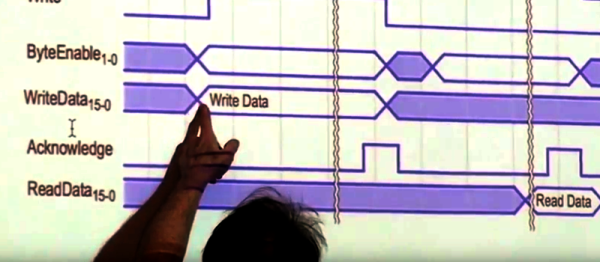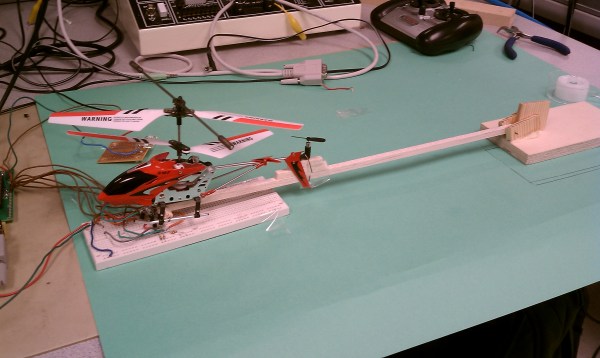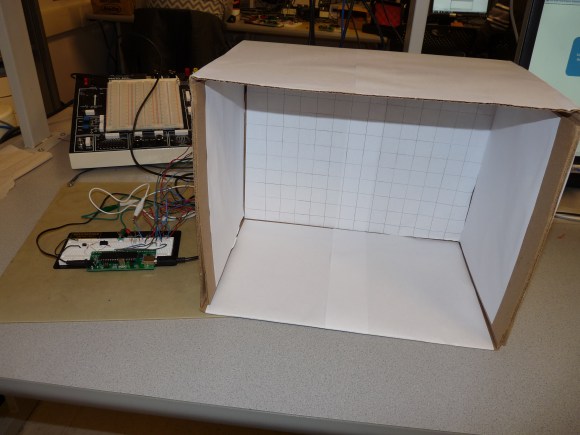[Bruce Land] is one of those rare individuals who has his own Hackaday tag. He and his students at Cornell have produced many projects over the years that have appeared on these pages, lately with FPGA-related projects. If you only know [Land] from projects, you are missing out. He posts lectures from many of his classes and recently added a series of new lectures about developing with a DE1 System on Chip (SoC) using an Altera Cyclone FPGA using Verilog. You can catch the ten lectures on YouTube.
The class material is different for 2017, so the content is fresh and relevant. The DE1-SOC has a dual ARM processor and boots Linux from an SD card. There are several labs and quite a bit of background material. The first lab involves driving a VGA monitor. Another is a hardware solver for ordinary differential equations.















